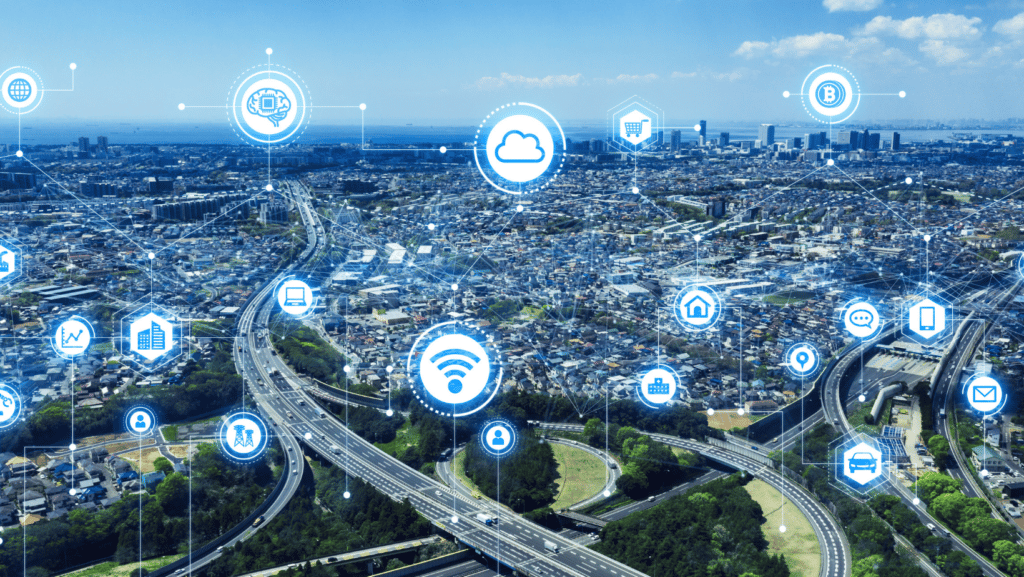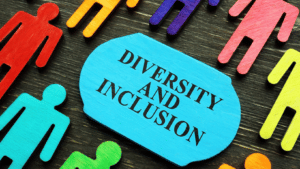Singapore is a small, heavily urbanised tropical island smart city state, with 5.6 million residents living in nearly 750 square kilometres. Its population is expected to reach 6.9 million by 2030.
Despite these challenges, Singapore continues to be amongst the most liveable and economically successful cities in the world, with a GDP comparable to that of leading European countries.
With more than 70% of the world’s population living in cities by 2050, Singapore — where everyone is a city dweller — is setting trends for rapidly urbanizing countries worldwide.
Smart City – Origin And Evolution
According to the IMD Smart City Index 2020, Singapore ranks first as the “smartest city” among 109 global cities. The survey collated information on how a city uses technology in these 5 key areas to provide a liveable urban setting for its citizens. They are health and safety, mobility, activities, opportunities and governance.
The relentless drive and innovation has brought Singapore to where it is today – the undisputed champion in health and safety, smart mobility, efficient governance and overall liveability.

Smart Nation
Singapore’s Smart Nation initiative was launched by Prime Minister Lee Hsien Loong on 24 November 2014. In 2017, the government set aside $2.4 billion to support the initiative which involves the government purchasing services from technology startups rather than offering grants to support them.
Some focus areas include enhancing public transport networks, enabling successful aging and ensuring a secure but open data marketplace. The Smart Nation Sensor Platform (SNSP) tracks and analyzes data related to housing, amenities and public infrastructure.
Digital Innovation – 6 Ways
Land is scarce in high-density Singapore where only 12% has been set aside for transport infrastructure. With the use of sensor technology to optimize transport efficiency, the Agency for Science, Technology and Research (A*Star) has created an autonomous fleet to help the elderly and disabled stay mobile.
Data in more than 5,000 vehicles is analyzed real time. Contactless payment technology is being used to streamline the movements and payments of the 7.5 million passengers who use public transport each day.

To help reduce pressure and loneliness of an aging population, Singapore has digitized its healthcare system. TeleHealth video consultations offer online appointments when in-person visits are not possible and artificial intelligence (AI)-powered chatbots are built to chat with the elderly, telling them about community activities and integrating messages that promote healthy living.
90% of Singapore’s population owns a smartphone and through Smart Nation, citizens can perform a variety of activities. They are able to report municipal issues, receive location-specific environmental alerts on air quality and rainfall etc, monitor smart meter energy usage, hail self-driving vehicles and access information customized for young families as well as elderly residents. All these happen through a network of apps.
The Data Innovation Programme has been established as part of a data-sharing collaboration to foster transparent business interactions. Businesses that transact directly with the government can do so through CorpPass, an online platform that focuses on “cyber hygiene”.
Singapore is using artificial intelligence to educate and support the upskilling of 12,000 professionals and students under two initiatives – AI for Everyone and AI for Industry. These initiatives encourage citizens to be digitally ready and proactively spearhead this movement in becoming a Smart Nation.

3D Growth
Virtual Singapore, created by the National Research Foundation (NRF), is a government department that offers 3D semantic modelling. This means that data can be translated into the real world, displaying land attributes and characteristics of transport vehicles, the components of buildings and infrastructure.
It also provides other real-time dynamics and information about demographics, traffic or climate; making it a multi-purpose tool that offers great potential. With proper security and privacy safeguards, Virtual Singapore will enable public agencies, private sectors and the community to make use of the information and system capabilities for policy and business analysis, decision making, prototyping of ideas and community collaboration etc.
Scarce Resources Management
Land is scarce in Singapore and based on the Land Use Plan, an additional 5,600 hectares of land are needed by 2030 to cater to the estimated population of 6.5 to 6.9 million people.
As Singapore explores various options, one of the possible ways is to build on water where people can live, work and play. Shimizu Corporation is part of a team working towards building a floating city for upwards of 50,000 people. They have been scouting over maps of Singapore, discussing potential locations.
In summary, it is important to use creativity and innovation to find new ways and solutions especially when the country has limited resources. Becoming a Smart Nation – a country with enhanced liveability, smart mobility and efficient governance is the standard benchmark for its citizens’ quality of life.
Do you plan to incentivize leaders in your organisation to learn resilience and innovation from one of the world’s best ecosystems? Write to us at info@businessacademia.co
Business Academia’s Vision
Our goal is to connect the space between Business Goals, Results and People’s Engagement with consultancy services, tailored experiential workshops and training. We use effective facilitation methods such as Design Thinking to define, together with you, how to engage and motivate people to the desired Change and Action.
More information @ www.businessacademia.co



